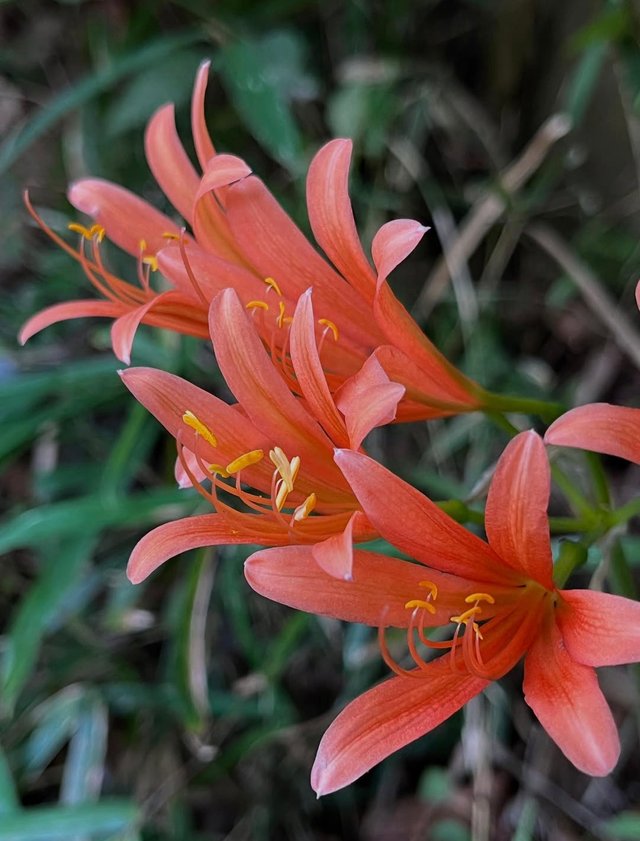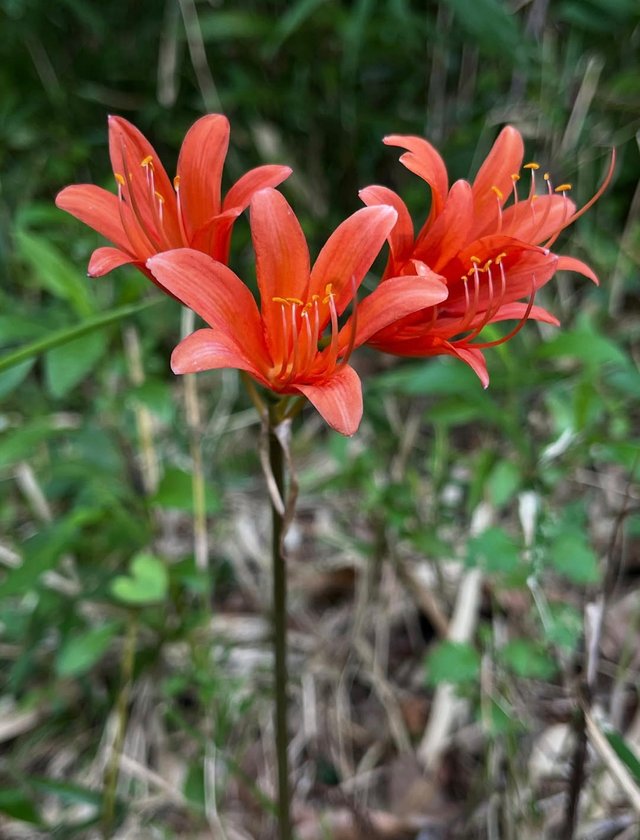Lily Flower
The Lily flower is one of the most admired and symbolic flowering plants in the world, cherished for its elegance, fragrance, and cultural significance. Native to the temperate regions of the Northern Hemisphere, particularly Asia, Europe, and North America, lilies are perennial plants that grow from scaly bulbs. They are characterized by their tall, erect stems, narrow lance-shaped leaves, and large, trumpet-shaped or bowl-shaped flowers that bloom in a wide range of colors including white, yellow, orange, pink, red, and purple, often adorned with spots, streaks, or contrasting shades.
Lilies are celebrated not only for their ornamental beauty in gardens and floral arrangements but also for their rich symbolism across different cultures and religions. In Christian traditions, the white Madonna lily symbolizes purity, chastity, and the Virgin Mary, while in Greek mythology, lilies were believed to have sprung from the milk of Hera, the queen of the gods, associating them with divinity and motherhood. In Eastern cultures, lilies often represent abundance, renewal, and good fortune.
Horticulturally, lilies are divided into several divisions and hybrids, including Asiatic hybrids, Oriental hybrids, Trumpet lilies, and Martagon lilies, each offering unique characteristics in terms of size, color, fragrance, and adaptability. Asiatic lilies are among the earliest to bloom and are known for their wide range of bright colors, though they are generally unscented. Oriental lilies, such as Lilium auratum and Lilium speciosum, are highly fragrant and prized for their large, exotic-looking flowers. Trumpet lilies are famous for their tubular blooms and strong fragrance, while Martagon lilies are known for their downward-facing, recurved petals resembling turk’s caps. Lilies thrive best in well-drained soil enriched with organic matter and prefer full sun to partial shade, depending on the species.




